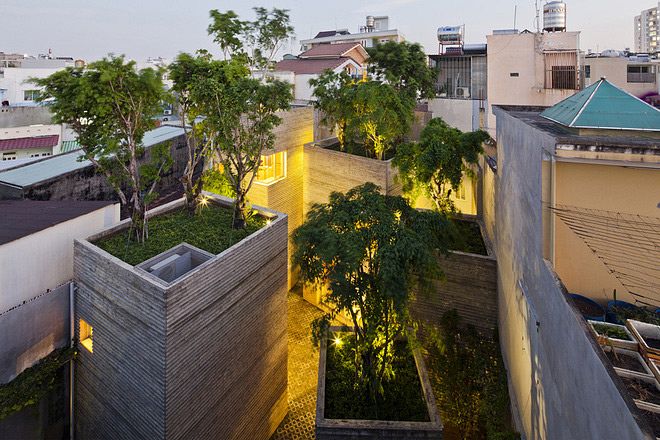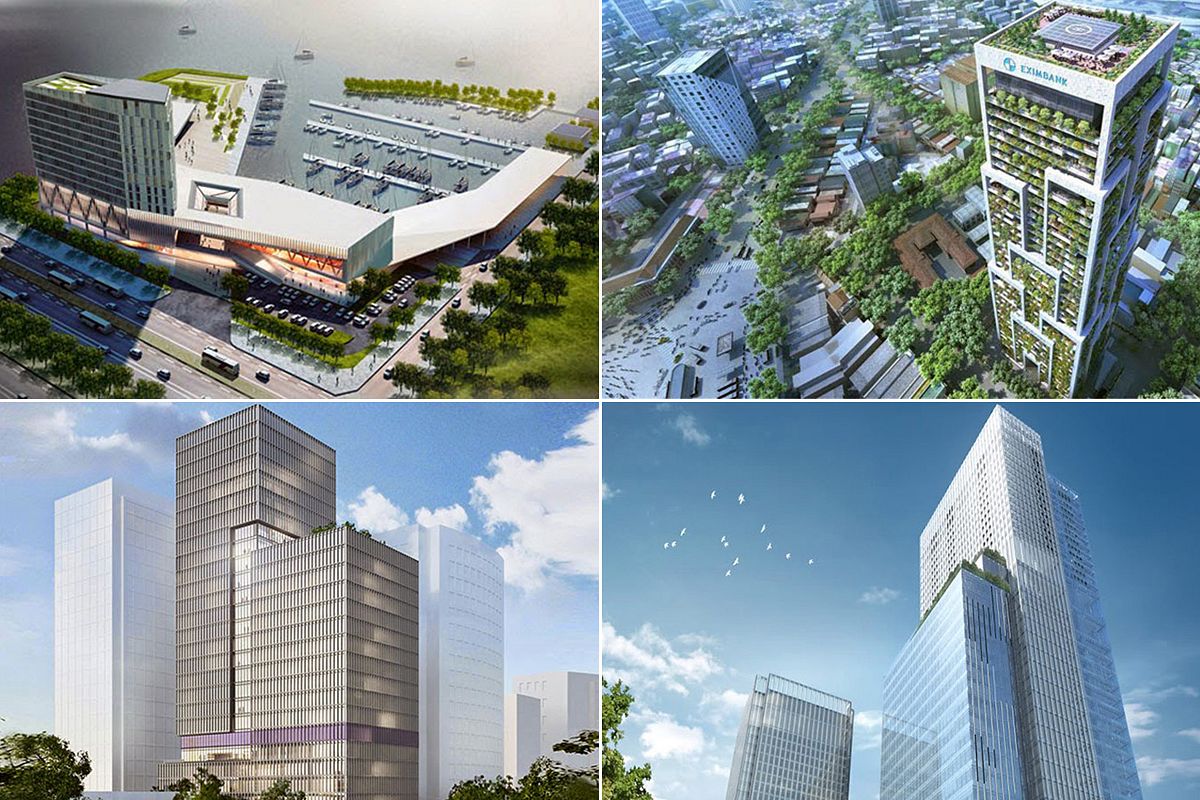Next month, German editor Michael Waibel will release Da Nang: COASTAL City, the third in a series of large-format photo books dedicated to documenting the development and vibrancy of Vietnam. In conjunction with the Goethe Institute and Audi Vietnam, Waibel's latest book focuses on the cities of Central Vietnam – Da Nang, Hoi An and Hue – and what the country's rapid development means for each city and its people. As a proud media sponsor of the book, Saigoneer spoke to Waibel about what to expect in his most recent effort.
You've already published two books on Hanoi and Saigon. What inspired you to create a regional book about central Vietnam?
I myself was very keen to do this because I had received enthusiastic response about the books TP. Ho Chi Minh: MEGA City published in 2014 and Hanoi: CAPITAL City published in 2015.
Da Nang was an obvious choice because it has developed in such a dynamic way during the past decade. The leadership of Da Nang has [made] a lot of wise decisions in terms of urban development. The director of the Goethe-Institute, Dr. Almuth Meyer-Zollitsch, who strongly supported the development of this book put it like [this]: “From fishing village to eco-city is Da Nang’s success story in a nutshell”.
Undoubtedly, the most important urban development project of the past two decades has been the spatial expansion towards the sea. This has transformed Da Nang into a coastal city. Previously it was a settlement next to the coast, but the sea was mostly used only by fishermen and there were little functional linkages to the core city. Now, many urban citizens go there on a daily basis during the early morning hours to do various sports activities. Tourists spend relaxing afternoons and evenings there underneath the parasols of the beach or on the rooftops of the proliferating beach hotels sipping expensive cocktails. Along Da Nang’s palm-tree lined beach boulevard, some of the best seafood restaurants [in] the whole of Southeast Asia can be enjoyed. The city branding is now actively using the sea and the beach in national and international level marketing campaigns.

Apart from location, what are the main differences between this edition and the two previous books?
First of all, I would say that there are many similarities. All books are large format publications with a size of 30-by-30 centimeters and a weight of three kilos. They are all published in three languages (German, English and Vietnamese) and contain over 600 photos illustrating the city from a variety of perspectives, from bird’s eye views to portraits of its inhabitants. In addition to the visual illustrations, the publications have assembled some essays by local residents. The main difference of this edition to the two previous ones is that now basically three cities are being covered, not only Da Nang but also Hue and Hoi An. All those cities have unique and diverse features such as the physical layout of the Imperial Citadel in Hue, which can be well seen from the aerial pictures. Those pictures also reveal that Hue is really a green city, a tremendous asset in terms of sustainable urban development. The aerial photos of Hoi An reveal small-scale structures of high density with uniform roof tiles colour making it a very homogenous example of an ancient Asian city. Da Nang has a more globalized urban landscape including the Da Nang Administrative Center and the Dragon Bridge as landmarks with iconic architecture enriching Da Nang’s urban identity.
What are the most striking differences between Da Nang and Saigon or Hanoi?
In general, you have to be aware that Da Nang is a much smaller city compared to Saigon and Hanoi, and the development pressure there is much less. From a planner’s view, I would say the most striking difference is an anticipating urban development policy, which significantly enhanced the quality of life for the overwhelming majority of the coastal city’s inhabitants. In the course of this development, Da Nang has developed from a gateway station to a destination in its own right. Currently, the environmental pollution is significantly less than in Hanoi or Ho Chi Minh City. Da Nang has become the leading Vietnamese city in terms of environmental management. There is little traffic congestion and there is excellent transport infrastructure [including] many new bridges and wide boulevards. The provision of green space per capita is now more than six square meters, which is outstanding compared to other cities in Vietnam. Further, Da Nang regularly reaches the top position at the Vietnam’s Provincial Competiveness Index (PCI). In comparison to Saigon or Hanoi, the amount of cultural offerings still appears to be limited, though.

Like the Hanoi edition, part of this book is dedicated to interviews with local residents. Based on these interviews, what did you observe about the lifestyles of those in central Vietnam compared to Hanoi and HCMC?
I think the chapter “People of the City” is a highlight of the book because it shows the urban citizens of various age and of various social backgrounds within their private living and working environment. Differences between the cities of Central Vietnam become obvious; Hue is still a bit laid-back but has a vivid local art and cultural scene. Hoi An has a lot of expat people but it also still very traditional in many ways. Da Nang is hosting a young and energetic population looking into a bright future. But the book also documents local fishermen being afraid of losing the basis of their business in the course of modernization. In general, I still perceived a certain gap between the level of cultural knowledge of the people of Central Vietnam in comparison to Hanoi and HCMC.

Da Nang, Hoi An and Hue together represent a goldmine of Vietnamese history. How was this reflected in your book?
I think this has been strongly reflected, particularly in the chapter “Soul of the City” and the chapter “Best of the Rest”. From a Vietnam lover’s point of view, the most striking feature of Central Vietnam is the extreme spatial density of historical, natural and cultural attractions. Within roughly an hour’s reach you can have a bath in the sea, climb on a thousand-meter-high mountain at Bach Ma National Park, take a motorbike trip to Cloud Pass, enjoy the view from Marble Mountain, take the cable car to Ba Na Hills, admire the Imperial Citadel of Hue and stroll through the ancient town of Hoi An, pay a visit to the former Cham capital My Son or have a look at former sites of the American War. The leisure and tourism value of this region is tremendous. All in all, it might be the most beautiful and most diverse region of the whole of Vietnam. It is a place I could imagine living after retirement.
The photo book Da Nang: COASTAL City will be available on Amazon as well as at Artbook bookstores in Vietnam from the beginning of April for VND900,000. Discount copies (VND700,000) can be ordered directly from Michael Waibel at waibel_michael@yahoo.de.














